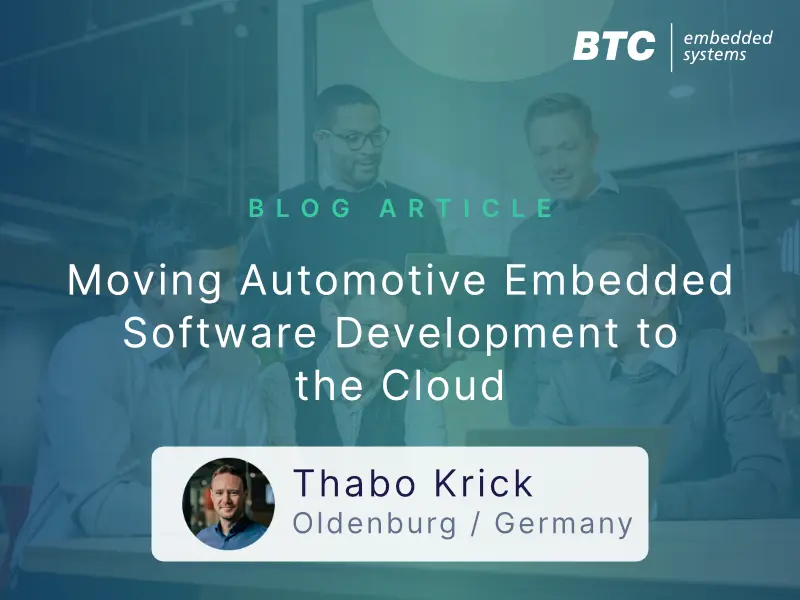4 reasons to avoid writing test cases in Excel

3 Reasons to Consider Using a Floating-Point Model to Generate Fixed-Point Code
Interview: How does a Model Checker work?

AUTOSAR – What is the Best Approach to Handle Reusable Code?

Automatic Test of AUTOSAR Code Replacement Library Routines at Ford Motor Company

Simulink Interface Concepts

Moving Automotive Embedded Software Development to the Cloud

4 steps to not screw up Jenkins

Why Back-to-back testing is still needed for floating-point

Why requirements are so important for your project

